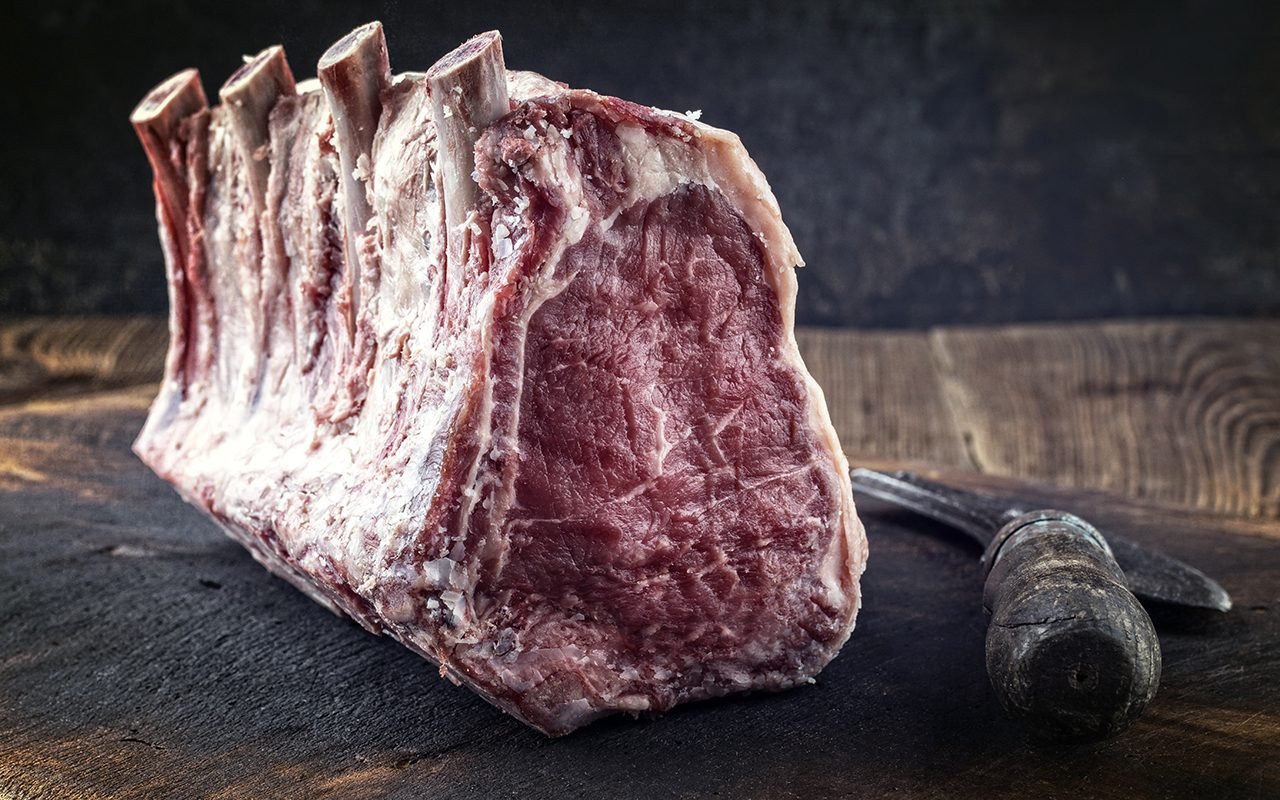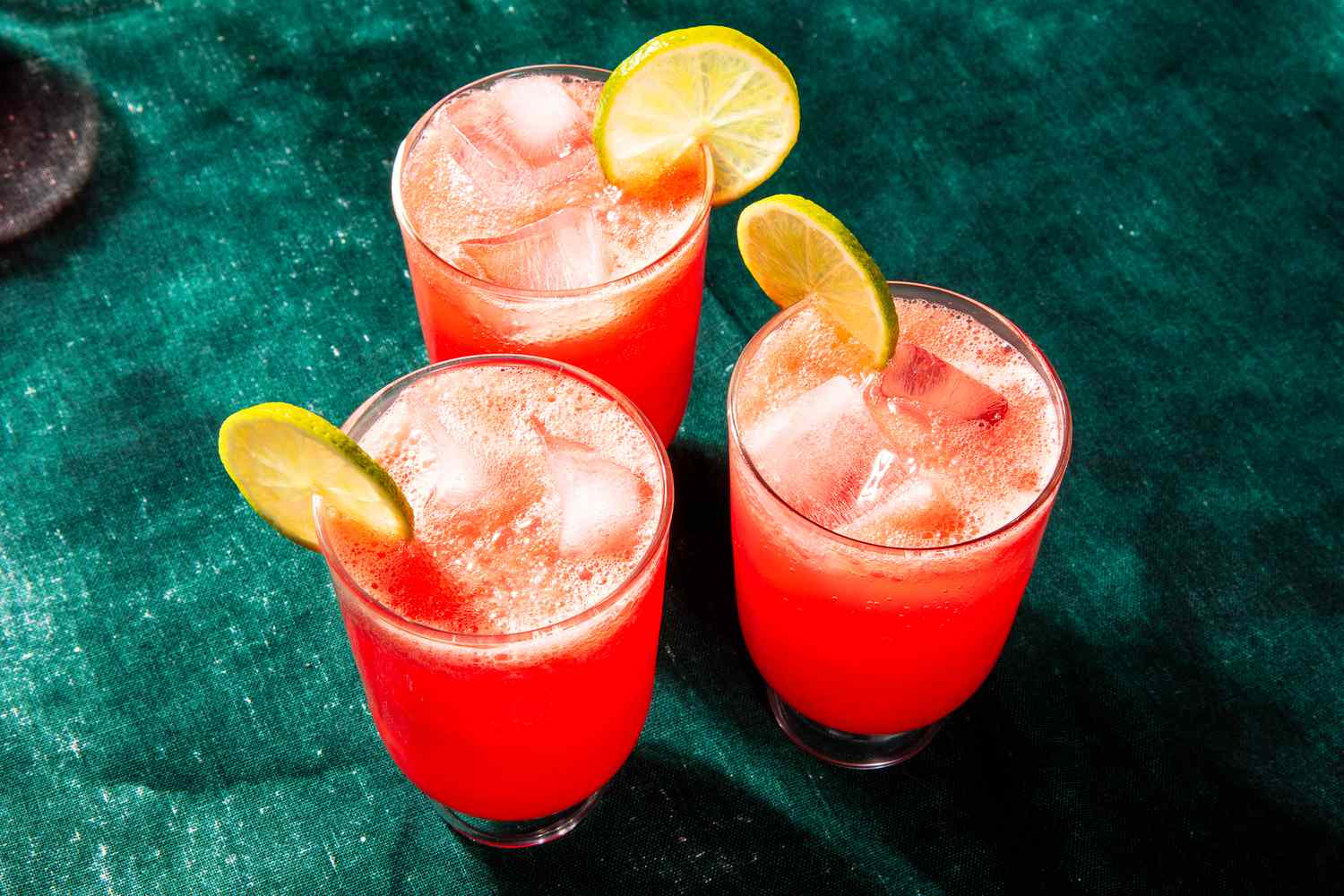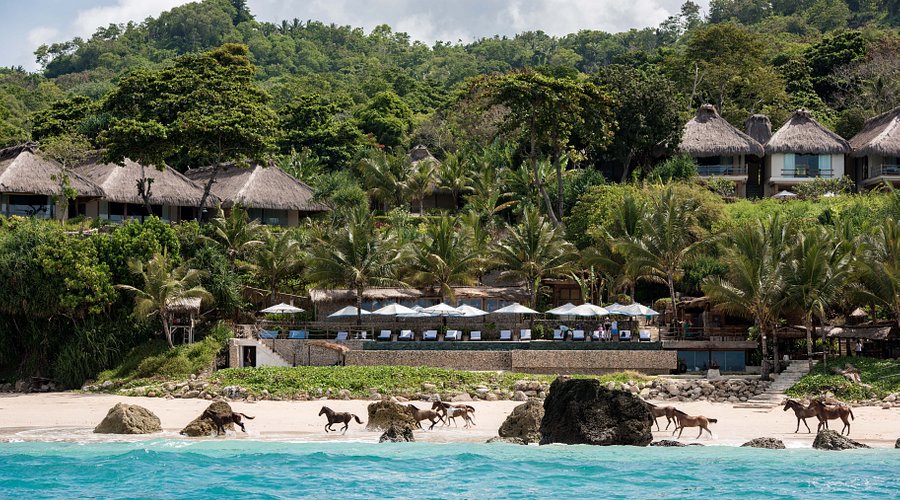The Science of Aging: Dry-Aged and Wet-Aged Beef in Comparative Context

Feature · The World’s 100 Best Steakhouses
Beef aging is more than technique—it is science, art, and cultural preference. Across the world’s top steakhouses, two dominant methods prevail: dry-aging and wet-aging. Each yields unique flavors, textures, and narratives that define how connoisseurs, chefs, and critics evaluate excellence. This comparative context reveals why aging is one of the most decisive factors in culinary identity and guest satisfaction.
A. Dry-Aging Fundamentals
- Method: Beef hung or placed on racks in temperature- and humidity-controlled rooms.
- Flavor: Concentrated, nutty, with deep umami and earthy undertones.
- Texture: Enhanced tenderness through enzymatic breakdown of muscle fibers.
- Visual: Exterior crust forms, later trimmed to reveal richly marbled interior.
B. Wet-Aging Fundamentals
- Method: Beef vacuum-sealed in plastic and aged in refrigeration.
- Flavor: Clean, bright, and metallic, emphasizing freshness rather than depth.
- Texture: Retains moisture, often juicier though less complex in bite.
- Efficiency: Lower cost and shorter timelines make wet-aging commercially dominant.
“Dry-aging is patience rewarded; wet-aging is pragmatism perfected.”
C. Comparative Guest Experience
Aromatics
Dry-aged beef evokes blue cheese, walnuts, and forest earth; wet-aged beef emphasizes minerality and iron.
Texture
Dry-aging yields velvety tenderness, while wet-aging prioritizes juiciness and bite.
Price Point
Dry-aged cuts often command premiums of +30% to +50%, aligning with luxury positioning.
Perceived Prestige
Dry-aging seen as artisan tradition, wet-aging as efficient modernity. Each appeals to distinct audiences.
D. Global Approaches
United States
High-end steakhouses anchor reputations on extensive dry-aging rooms, often visible to guests.
Japan
Wagyu producers experiment with hybrid methods, respecting marbling while extending maturation.
Argentina
Wet-aging dominates export markets, emphasizing volume and freshness over complexity.
Europe
Butchers in Spain and Italy perfect dry-aging traditions, integrating them into culinary heritage.
E. Comparative Metrics
The science of aging beef is a choice between depth and immediacy. Dry-aging offers layered, almost nostalgic complexity; wet-aging emphasizes accessibility and modern efficiency. The world’s best steakhouses are defined not only by which method they choose, but by how they communicate the philosophy behind it—transforming technique into culinary identity.





